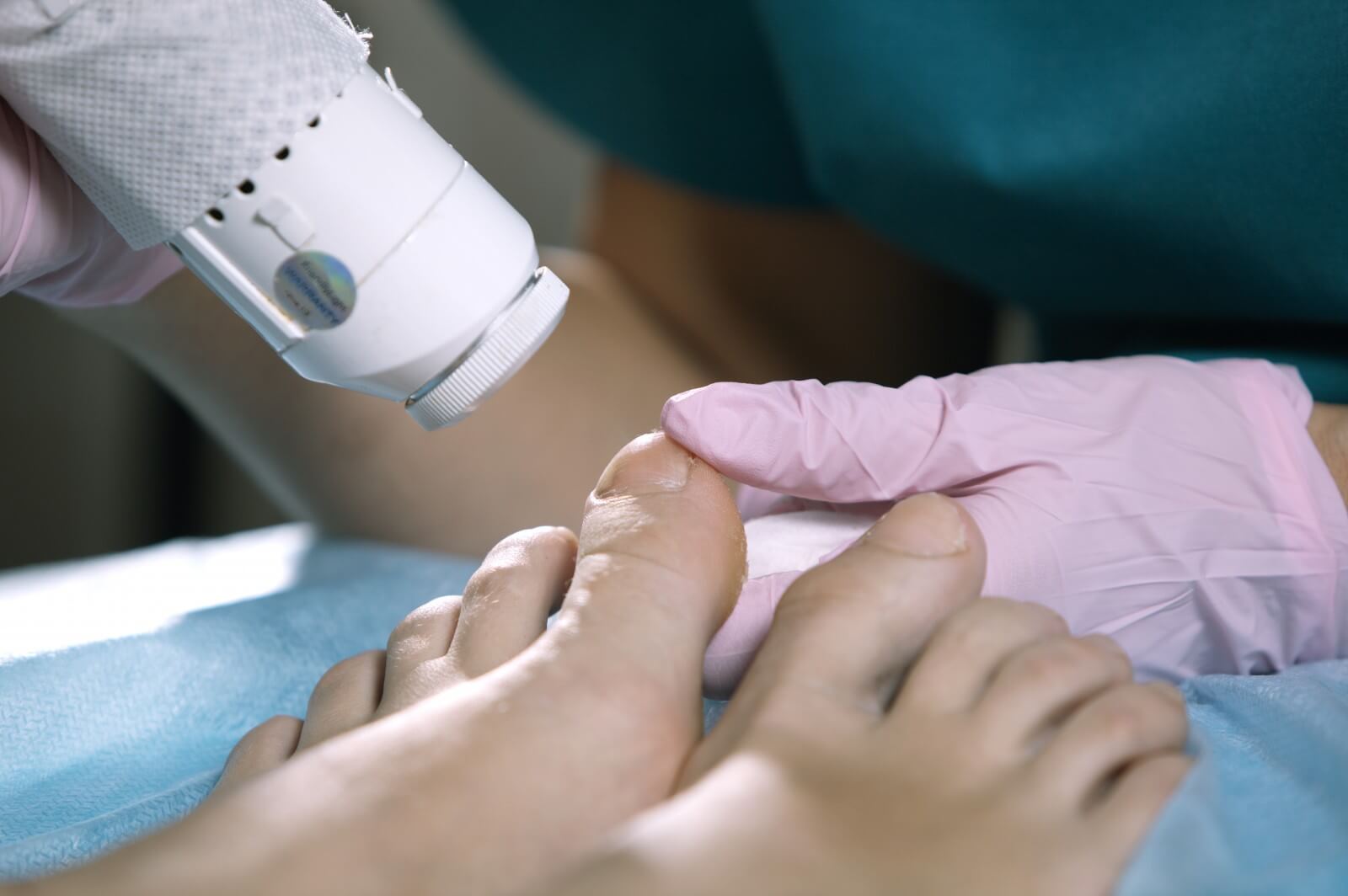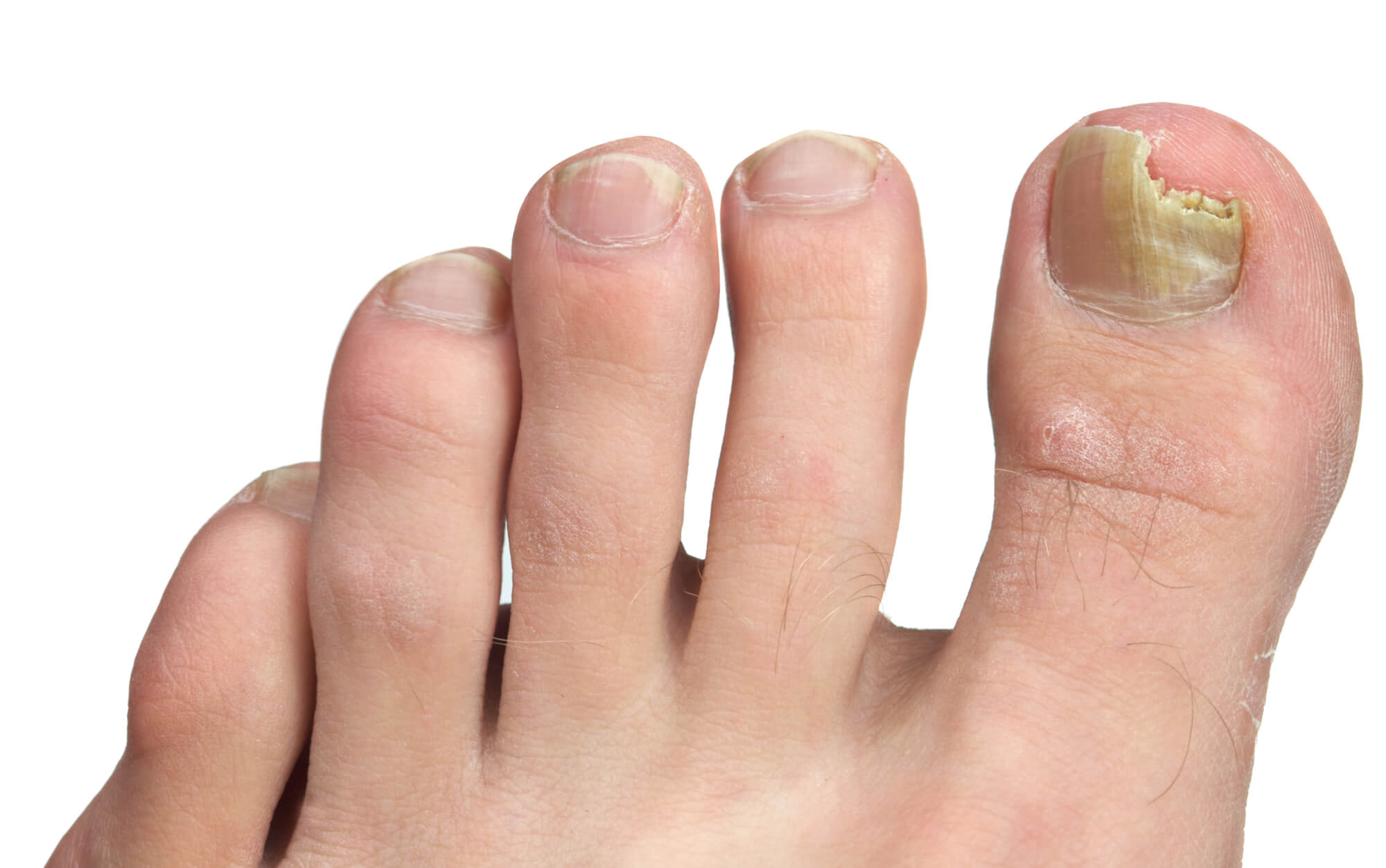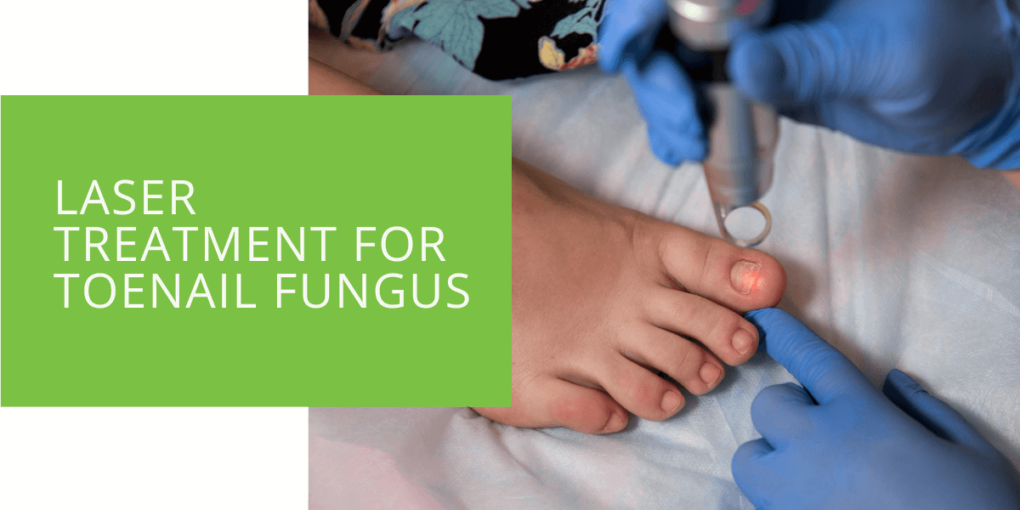Laser Treatment for Toenail Fungus
Toenail fungus can be an unsightly and uncomfortable problem, but laser treatment offers a promising new option for those struggling with this condition. Laser therapy uses a special laser to penetrate the nail and destroy the fungal infection without harming the surrounding tissue or nail growth center. This article will discuss the benefits of laser treatment for toenail fungus, how it works, what to expect during a treatment session, and its effectiveness compared to other treatment options. We'll also explore the different types of lasers used in toenail fungus treatment and provide tips on preparing for a treatment session. If you're considering laser treatment for toenail fungus, read on to learn what you need to know before booking a consultation with a podiatrist.
How Does Laser Treatment Work?
Laser treatment for toenail fungus uses a specific laser technology to target the fungal infection while leaving the surrounding tissue unharmed. The laser emits a wavelength of light absorbed by the fungus, causing the fungal cells to heat up and ultimately destroy them. This process is known as photothermolysis.
The most commonly used laser for toenail fungus treatment is the Nd:YAG laser, which has a long wavelength that can penetrate the nail and reach the nail bed where the fungus lives. This laser emits light selectively absorbed by the fungus and not by the surrounding tissue or nail growth center. As a result, the fungus is destroyed without harming the rest of the toe.
Laser treatment has several advantages over other treatments for nail fungus. One of the main advantages is its precision. The laser can be adjusted to target the fungus, leaving the rest of the toe unharmed. In contrast, oral medications and topical creams can have unwanted side effects and may be less effective at destroying the fungus.
Laser treatment also has minimal side effects. Unlike oral medications, which can cause liver damage, and topical creams, which can cause skin irritation, laser treatment is relatively safe and has few risks. Most patients report minimal discomfort during the procedure and can resume their normal activities afterward.
While laser treatment for toenail fungus is effective for most patients, it's important to note that the results can vary depending on the severity of the infection and the individual patient. Additionally, it may take several treatment sessions to improve symptoms significantly. However, compared to conventional treatments, such as topical and oral medications, laser treatment has been shown to have a much higher success rate and works faster.

What Happens During a Laser Treatment Session?
The podiatrist will use a handheld laser device to treat each affected nail during a laser treatment session. The treatment is not painful, but you may feel a slight warming or tingling sensation in the treated area. The session typically takes 30 to 60 minutes, depending on the number of nails treated.
Most patients require 1-3 treatment sessions spaced about a month apart. You can resume normal activities immediately after the treatment, and there are no restrictions on wearing shoes or engaging in physical activity.
Preparing for a Laser Treatment Session
To prepare for a laser treatment session for toenail fungus, it's important to follow your podiatrist's instructions carefully to ensure the best possible outcome. Here are some steps you may need to take:
- Clean your nails: Before the session, cleaning your nails thoroughly to remove any dirt or debris is important. Use a nail brush and soap to clean the affected nail and surrounding area, and dry the nail completely.
- Remove nail polish or artificial nails: It's important to remove any nail polish or artificial nails before the laser treatment session. This will ensure the laser can penetrate the nail and reach the fungus.
- Wear appropriate clothing: You should wear loose-fitting, comfortable clothing to the session. It's also a good idea to wear open-toed shoes or sandals, as this will allow your toes to breathe and prevent any friction or pressure on the treated area.
- Avoid certain medications: Your podiatrist may advise avoiding medications that could interfere with the laser treatment. These may include antibiotics, antifungal medications, and blood thinners. Make sure to inform your podiatrist of any medications you're currently taking.
- Take other precautions: To ensure the best possible outcome, following your podiatrist's instructions carefully is important. This may include avoiding certain activities, such as swimming or soaking your feet, for a few days after the treatment session. You should also avoid wearing tight shoes or socks that could cause friction or pressure on the treated area.
By following these steps and taking other precautions as advised by your podiatrist, you can help ensure the best possible outcome for your laser treatment session. Don't hesitate to ask your podiatrist for guidance if you have any questions or concerns about preparing for the session.

Risks and Side Effects
Laser treatment for toenail fungus is generally considered safe, with few risks or side effects. Some patients may experience slight redness or swelling in the treated area, which usually disappears within a few hours. In rare cases, the nail may become temporarily discolored or damaged, but this is temporary and resolves over time.
Does Laser Treatment for Toenail Fungus Really Work?
The effectiveness of laser treatment for toenail fungus varies depending on the severity of the infection and the individual patient. However, clinical studies have shown that laser treatment has a higher cure rate than conventional treatments, such as topical and oral medications. In one study, 85% of patients treated with laser therapy had a significant improvement in their symptoms.
Conclusion
If you're struggling with toenail fungus, laser treatment is a safe and effective option to help you get back to healthy, clear nails. While several treatment options are available, laser therapy is more effective than conventional treatments and works faster. Book a consultation with a podiatrist today to determine if laser treatment is right for you.

